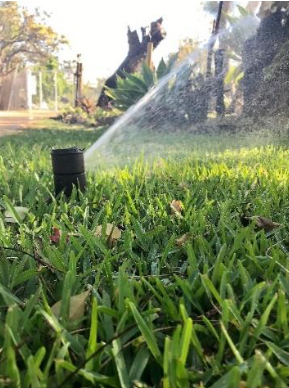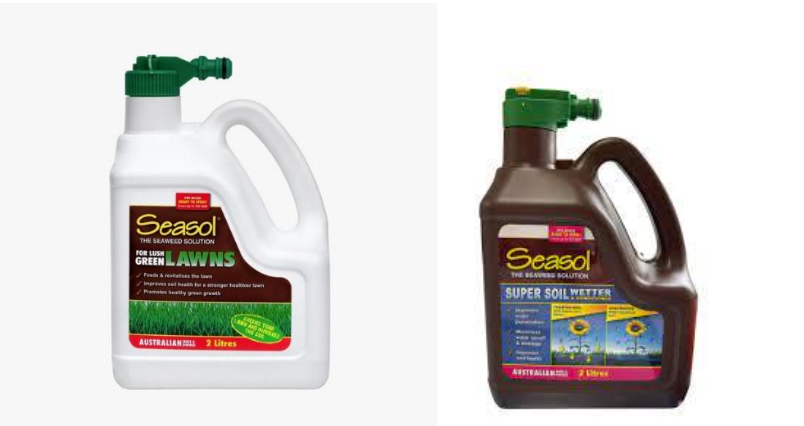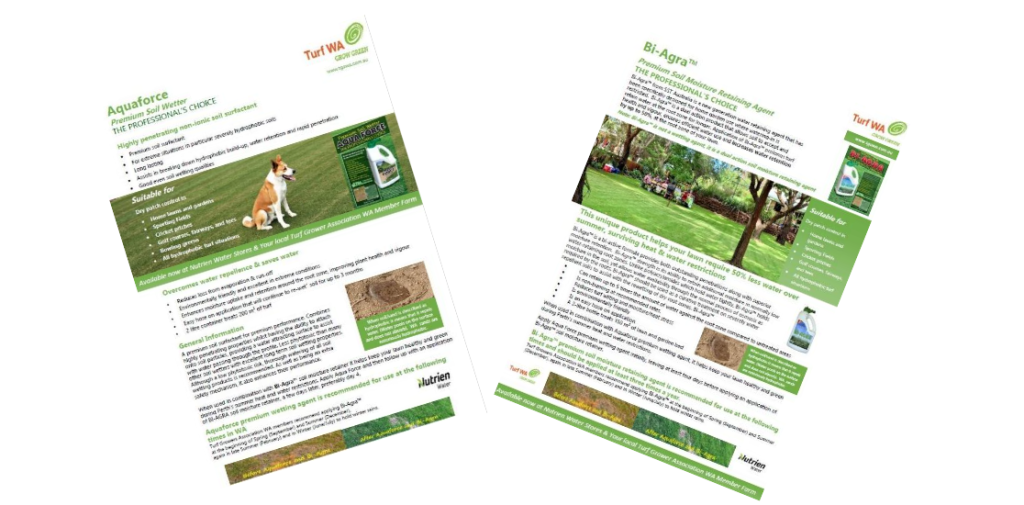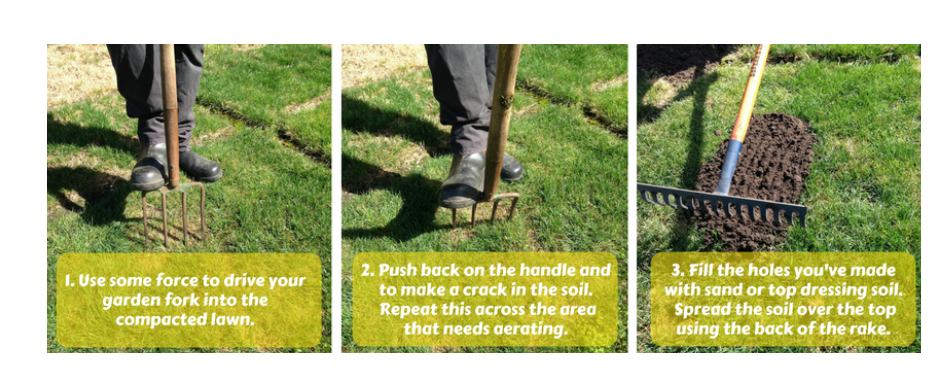- During extended hot weather, your entire lawn can quickly dry out, especially if you haven’t invested in ensuring that your lawn and soil are prepared for the heat. Even the most resilient lawns can suffer somewhat during extended and extreme heat. The plant can become dry and crunchy to walk on, and it can take on a general light brown colour, which obviously shoes that it is suffering. It is imperative to assist your lawn and gardens to retain water in the root zone during hot months and especially during extreme heat events. Put out extra wetting agents at this time even if you have a program of wetting agent application in place. Keep a constant eye out for signs of heat stress in your lawn. Things to look for are.
- Is your lawn wilting or losing colour?
- If you walk across your lawn, can you see that you have left a footprint or footprints in the Turf?
- On very hot days, your lawn can quickly take on a blue to grey colour, which means that it is starting to die, if it does, it needs water as soon as possible to sustain.

Remember that you are allowed to hand water in Western Australia, in these circumstances. However, water alone, especially on hydrophobic sands, will not a healthy lawn make. Please ensure that your soil health and wettability is excellent and provide your turf with the nutrients required to be healthy enough to draw water up in desperate times, prior to these extreme weather events.
- As temperatures are often over 35 degrees, make sure you run your irrigation system long enough to apply at least 10 ml per application twice per week. Hand water if there are consistent temperatures over 35 degrees and you see signs of stress in your lawn. . https://www.watercorporation.com.au/Help-and-advice/Waterwise/Garden/Tips-for-hand-watering

Kelp based liquid fertilisers are often described as plant healers because they strengthen the roots of plants. Whilst fertilising is never an option in extreme weather events, for fear of burning your lawn, a diluted treatment of Seasol or a similar product, applied by hand in the cool of the evening, can be very appropriate throughout January and February. Kelp based liquid products can alleviate the environmental stresses experienced by lawns during summer. Seaweed or kelp-based products are renowned for promoting healthy root systems. By encouraging soil health and biodiversity and root health, you are also helping your lawn to become more drought and heat tolerant. Seaweed is also high in iodine, which is a great element in assisting a lawn’s defense system against turf disease.

- Ensure that a mid-summer application of a quality wetting agent and superior soil moisture retainer is put out at the end of this month. The TGAWA recommends the Aqua Force and Bi-Agra™ combination as the most effective system to combat water repellent soils and to hold water at the root zone where it is required.
Also take the time during this month to check both the grass root depth and water infiltration by digging a small patch, the width and depth of an average garden spade.

- Aerate and top-dress if necessary to allow for water retention. Soil compaction is an often-unrecognized issue. Compaction and soil hydrophobicity (anti wetting), regularly go hand in hand, often causing dry patches or dead areas of lawn. Soil compaction inhibits the soils natural percolation process resulting in lawns and plants becoming quickly stressed with the lack of available oxygen.

Mow weekly as per turf variety recommendation 15-20mm. See here for details https://tgawa.com.au/turf-varieties/
